5 Raw Veggies That Don’t Do You Any Favors And 10 That Unlock More Nutrients When Cooked

While raw veggies are often praised for being healthy and fiber-packed, not all of them are best eaten straight from the cutting board. Some can be tough to digest or even block nutrient absorption in their uncooked form. Meanwhile, others become nutritional powerhouses when cooked—releasing vitamins, boosting antioxidants, and making key minerals easier for your body to absorb. Here’s a guide to 5 raw veggies that aren’t doing much for you, and 10 that are way better once cooked.
1. Raw Broccoli

Loaded with nutrients, broccoli is often touted as a superfood, yet its raw form might not be doing your digestion any favors. The sulfur-rich compounds in raw broccoli can cause bloating and gas. Light steaming, however, not only makes it more digestible but also preserves the valuable cancer-fighting compounds.
Imagine enjoying broccoli without the unwanted side effects of raw consumption. Steaming preserves the crunchy texture and offers a more pleasant experience.
For those who experience digestive discomfort with raw broccoli, a little heat can transform this veggie into a friendly and nutritious dish.
2. Raw Spinach
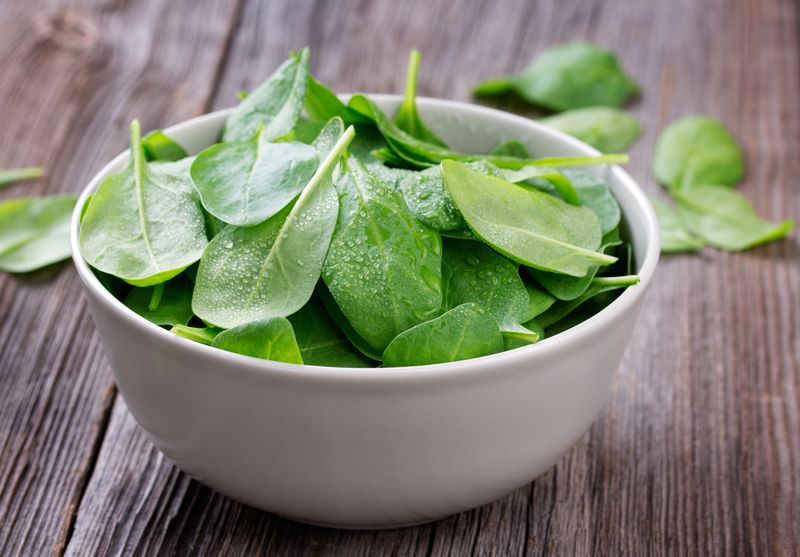
Raw spinach is a favorite in salads, but it harbors oxalates, which can block calcium and iron absorption. Oxalates are compounds that may interfere with your body’s ability to absorb essential nutrients.
Cooking spinach breaks down these anti-nutrients, allowing your body to access more iron and calcium. A simple sauté can make a significant difference in the nutritional availability of spinach.
By applying heat, not only does spinach shrink, making it easier to consume more, but it also becomes a more potent source of vital minerals.
3. Raw Mushrooms
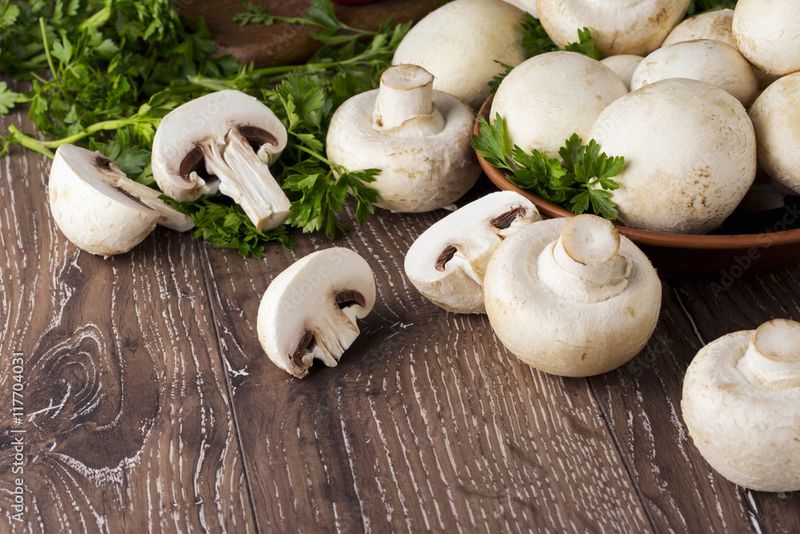
Mushrooms are a culinary delight, but raw mushrooms might not be entirely beneficial. Some varieties contain agaritine, a trace toxin that is neutralized by heat. Cooking mushrooms helps release their antioxidant benefits, enhancing their nutritional profile.
Cooking also makes mushrooms more digestible, unlocking flavors that are hidden in their raw state. From a nutritional standpoint, taking the time to sauté mushrooms can add immune-boosting properties to your meal.
For those who enjoy mushrooms, a quick sauté can make them a fantastic addition to a nutritious diet.
4. Raw Brussels Sprouts

Brussels sprouts often divide opinion, and their raw form can be particularly challenging. Bitter and hard to digest, raw Brussels sprouts can lead to gas and discomfort. Sautéing or roasting can transform them from a tough task to a tasty treat.
Cooking unlocks the flavors and makes them far gentler on the digestive system. The bitterness mellows out, allowing their subtle nutty taste to shine through.
By applying heat, Brussels sprouts become more palatable and nutritionally beneficial, making them a must-try for those willing to give them a second chance.
5. Raw Eggplant
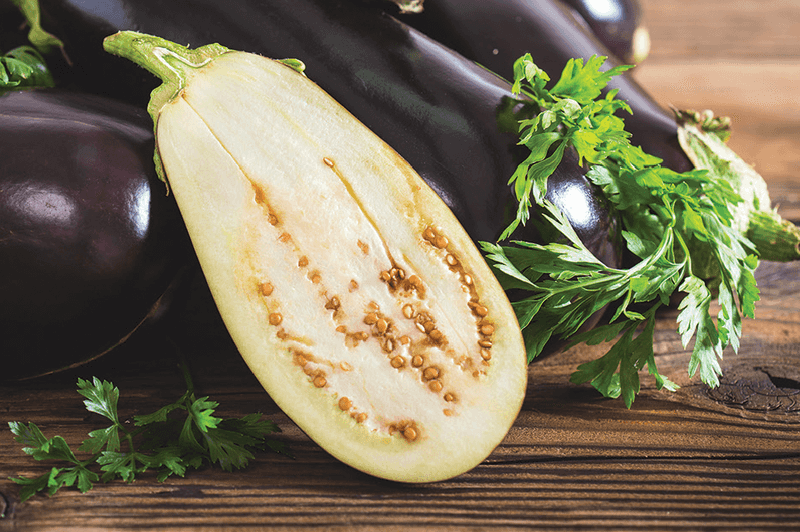
Eggplant, with its gorgeous deep purple hue, may look inviting raw but contains solanine, which can be toxic in large amounts. Cooking is essential to remove this risk. It softens the eggplant flesh, making it far more palatable and safe to consume.
The transformation from bitter and chewy to soft and savory happens with just a little heat. Whether roasted, sautéed, or grilled, cooked eggplant opens up a world of culinary possibilities.
For anyone hesitant about its raw texture, cooked eggplant offers a rich and flavorful experience that’s hard to match.
6. Cooked Tomatoes

Tomatoes are often enjoyed fresh, but cooking them can unlock additional health benefits. Heat boosts lycopene, a powerful antioxidant linked to heart health and cancer prevention. By breaking down the cell walls, cooking releases more lycopene, enhancing the tomatoes’ nutritional profile.
Simmering tomatoes creates a richer, more flavorful sauce. The transformation from fresh to cooked not only enhances taste but also nutritional value, making it a culinary win-win.
For those looking to maximize their health benefits, cooked tomatoes offer a delicious and nutrient-rich option that’s hard to resist.
7. Cooked Carrots

Carrots, known for their vibrant color, become even more beneficial when cooked. Cooking them releases more beta-carotene, which the body converts into vitamin A, essential for vision and immune function.
Whether steamed or roasted, cooked carrots offer a sweeter taste and a more accessible nutritional profile. The heat breaks down tough cell walls, allowing the body to absorb more of the good stuff.
For those aiming to improve their diet, cooked carrots provide a satisfying and healthful addition, offering a delicious way to boost vitamin A intake with every bite.
8. Cooked Spinach
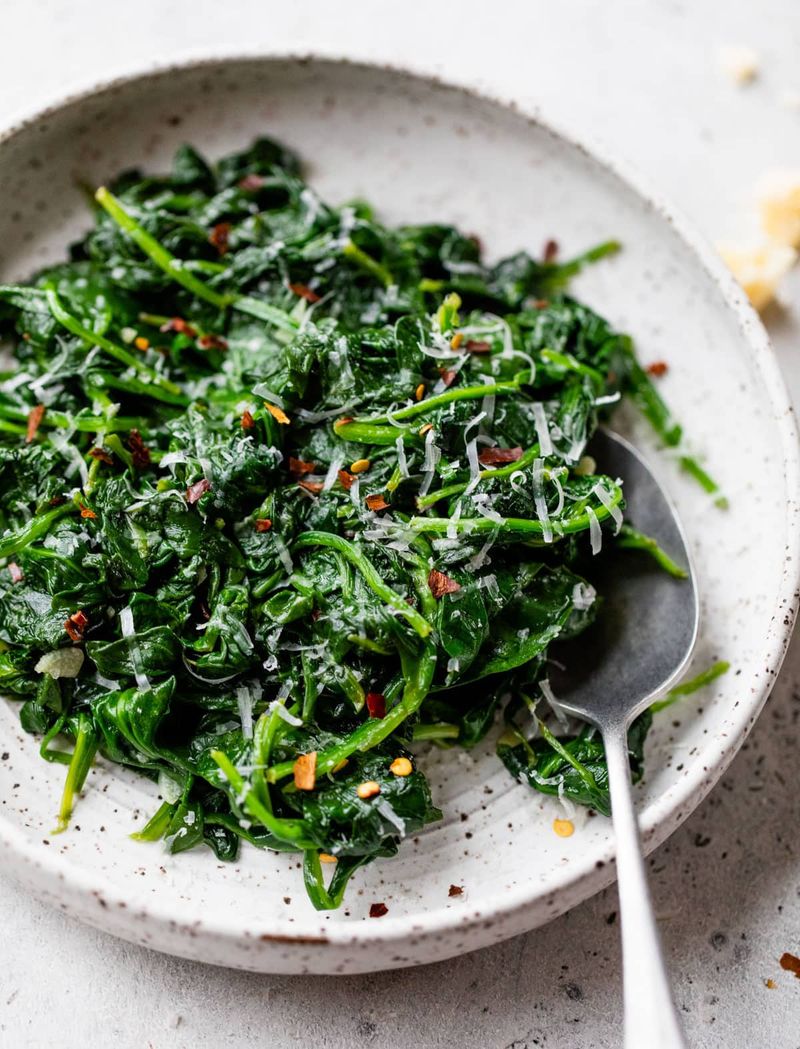
Spinach is a leafy green beloved by many, but cooking it enhances its nutritional benefits. When cooked, spinach shrinks, allowing you to eat more and absorb more nutrients like iron, calcium, and magnesium.
The process of cooking breaks down tough cell walls, making these nutrients more accessible to the body. A simple sauté with garlic can transform spinach into a nutrient powerhouse.
For those seeking to maximize their mineral intake, cooked spinach is a practical and tasty choice, ensuring that you get the most from this leafy vegetable.
9. Cooked Asparagus

Asparagus is a delightful spring vegetable, but cooking enhances its health benefits. Heat breaks down the tough fibers, improving vitamin absorption, including vitamins A, E, and K, along with folate.
Grilled or steamed asparagus offers a tender texture and a burst of flavor. The reduction in fibrous content makes it easier on the digestive system while boosting nutrient uptake.
For those who appreciate the finer things in life, cooked asparagus provides a sophisticated and healthful addition to any meal, making each bite a celebration of flavor and nutrition.
10. Cooked Mushrooms

Mushrooms, in their cooked form, are a flavorful addition to many dishes, offering more than just taste. Cooking releases immune-boosting antioxidants like ergothioneine, enhancing their nutritional appeal.
The process of sautéing or baking mushrooms makes them more digestible and their hidden flavors more pronounced. The simple act of applying heat can transform these fungi into a health-supportive food.
For those seeking to boost their immune system, cooked mushrooms provide a delicious and nutritious option, ensuring that each bite supports overall well-being.
11. Cooked Kale

Kale, often celebrated for its health benefits, becomes even more nutritious when cooked. Cooking reduces bitterness and oxalate content, making calcium and iron more bioavailable.
The reduction in oxalates means less interference with mineral absorption. Lightly sautéed, kale retains its vibrant color and offers a milder flavor.
For those who find raw kale a bit too intense, cooking provides a gentler introduction to this powerhouse green, making it a versatile and nutrient-packed addition to your diet.
12. Cooked Bell Peppers

Bell peppers are vibrant and full of vitamin C when raw, but cooking them increases the absorption of carotenoids like lutein and zeaxanthin, which support eye health.
Roasting bell peppers not only enhances their sweetness but also makes these carotenoids more available. The process softens the peppers, unlocking flavors and nutrients.
For those looking to support their vision and enjoy a burst of flavor, cooked bell peppers offer a delightful option, ensuring that each vibrant piece contributes to overall eye health.
13. Cooked Zucchini

Zucchini is a versatile vegetable that becomes more nutrient-dense when cooked. Cooking enhances antioxidant levels and softens the skin, making nutrients easier to access.
Whether in stews or sautés, cooked zucchini takes on a delightful texture and flavor profile. The tender skin and enhanced nutrients make it a valuable addition to any meal.
For those seeking a nutritious and adaptable ingredient, cooked zucchini provides a way to boost antioxidant intake, ensuring each dish is both healthful and delicious.
14. Cooked Collard Greens
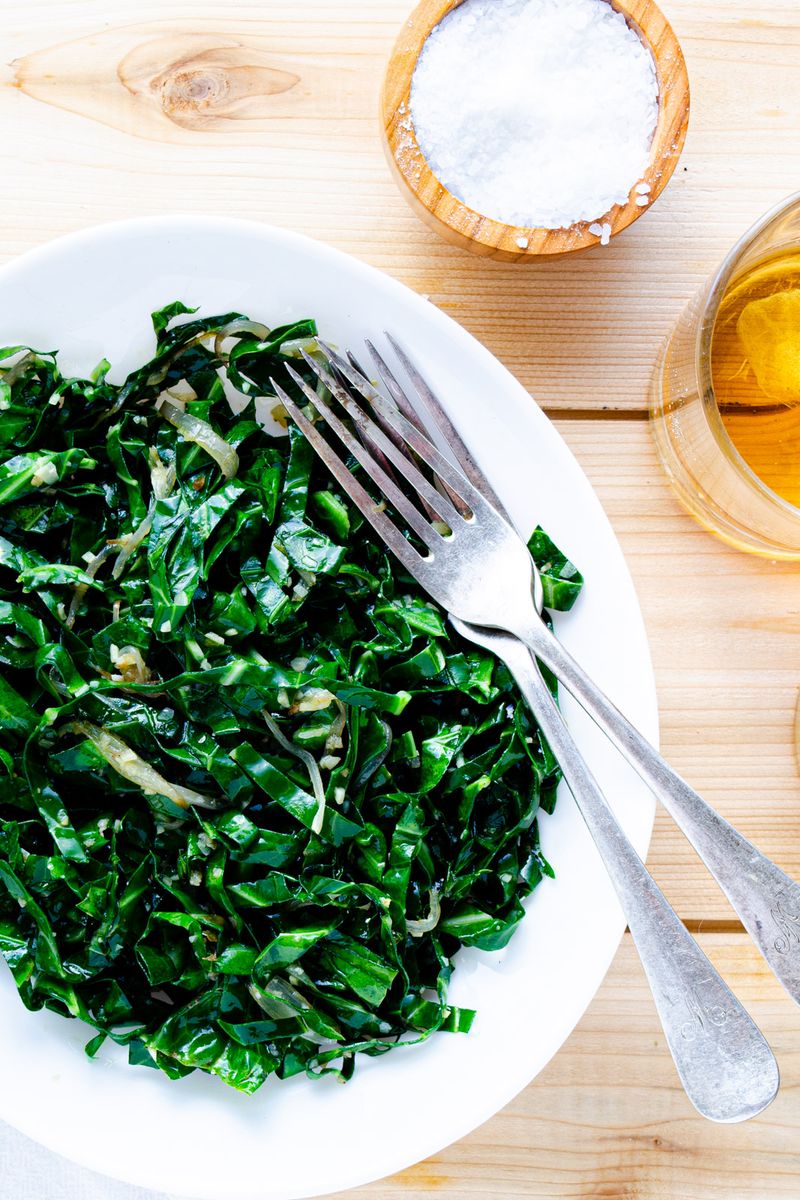
Collard greens, high in calcium and vitamin K, are more nutritionally accessible when cooked. Raw leaves contain oxalates that interfere with absorption, but cooking reduces these.
Light boiling or steaming retains the vibrant green color and enhances the availability of key minerals. The process creates a tender and flavorful dish.
For those looking to increase their intake of essential nutrients, cooked collard greens provide a comforting and nutritious option, ensuring that each serving supports bone health and overall well-being.
15. Cooked Swiss Chard

Swiss chard is packed with iron and magnesium, but raw leaves are high in oxalates. Cooking enhances the availability of these minerals, making it a nutritional powerhouse.
The heat transforms the texture and reduces oxalate content, opening up the benefits of this leafy green. A simple sauté can make a huge difference.
For those seeking to maximize their mineral intake, cooked Swiss chard provides a flavorful and healthful option, ensuring that each bite is as beneficial as it is delightful.
